
According to neuroscientist Fred Travis, your brain is like a river, not a rock. A river cuts a channel in a hill as it flows down, constantly changing the ground around it. Likewise, every experience you have at any moment changes your brain. Positive experiences help create a fully-functioning brain, but continued exposure to stress, anxiety, fear, or trauma inhibits brain functioning.
The profound rest gained as a result of the regular practice of the Transcendental Meditation technique resets the brain, resulting in increased:
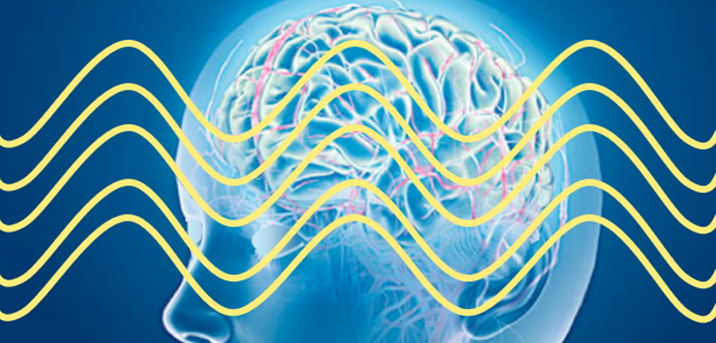
As mentioned above, stress, anxiety, fear, and trauma can negatively impact the brain. To reset the brain, you need an experience that is the opposite of stress; you need the experience of a silent, settled brain, rather than an agitated and fragmented brain.
TM allows the body to gain profoundly deep rest, which, in turn, quiets the mind and enables the brain to repair itself. This deep rest during the practice of TM affects the brain in three crucial ways:
1.TM’s deep rest creates a predominance of alpha waves in the brain, which are associated with clarity of mind and ability to focus.
2.The deep rest of TM produces brain wave coherence, leading to integrated, and efficient brain functioning.
TM’s deep rest enlivens the CEO of the brain, the prefrontal cortex, resulting in overall higher brain functioning.
3. TM’s deep rest enlivens the CEO of the brain, the prefrontal cortex, resulting in overall higher brain functioning
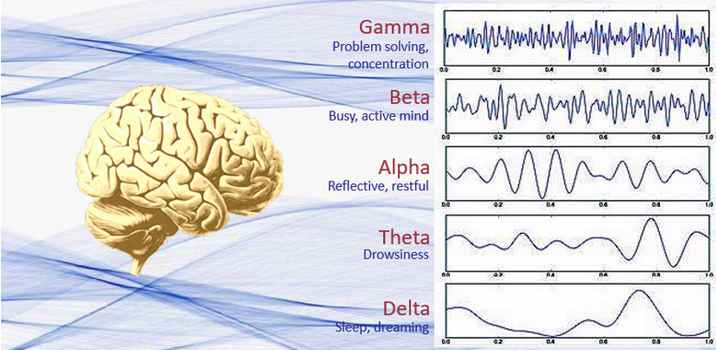
Everyone’s brain emits faint electrical impulses, which can be measured and recorded by EEG (electroencephalographic) monitoring devices. In an EEG measurement, sensors (electrodes) are placed on the scalp to detect and record the patterns of electrical activity.
Your brain produces five different kinds of brain waves, each of which operates at a different speed and indicates a different state of awareness. The five brain waves, from fastest to slowest, are gamma, beta, alpha, theta, and delta.
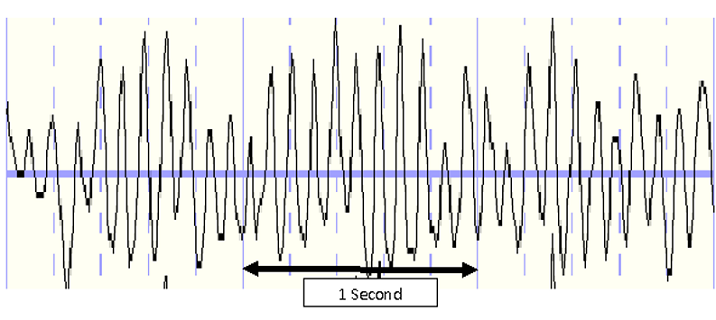
During the practice of Transcendental Meditation, alpha waves are most predominant, giving rise to the unique experience of ‘restful alertness’, that most desired state where the body is rested and the brain is calm, but alert.
This predominance of alpha waves during TM is associated with mental clarity, greater focus, increased creativity, and reduced anxiety and depression.
TM practitioners report that TM is unlike the relaxation you feel after exercise, during mindful activities, while listening to music, or even swimming in the ocean. In fact, the mind and body’s experience during TM is deeper than any level of relaxation you’ve ever experienced and yet, your mind is awake, relaxed and contented. With regular practice of TM, the state of restful alertness remains throughout the day, leading to more calm and productive decision making while maintaining a relaxed state of the body.
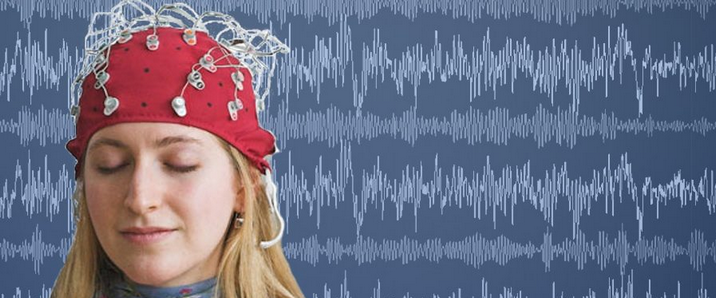
Researchers have long known that during ordinary waking consciousness, EEG patterns are generally scattered, disorderly, and rapidly changing.
However, during the practice of the Transcendental Meditation technique, brain waves become rhythmic and orderly; the brain waves fall into “phase”, moving synchronously over large areas in the frontal regions of the brain, extending eventually toward the posterior regions, as well. This is called EEG coherence.
The wide-spread brain wave coherence experienced during TM practice creates more efficient coordination of brain activity and creates what scientists propose to be “total brain functioning.”

Higher brain wave coherence, or total brain functioning, is associated with more integrated and effective thinking and behavior, including greater intelligence, creativity, learning ability, emotional stability, ethical and moral reasoning, self-confidence, and reduced anxiety.
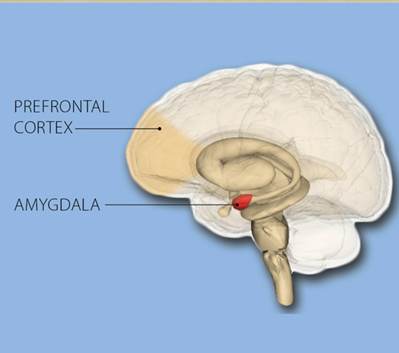
The all-important prefrontal cortex—or “CEO”—of the brain is the large area that is located behind the forehead. The prefrontal cortex regulates the brain’s higher, rational, executive functions, including the ability to effectively judge, plan, understand, and decide—as well as ethical thinking and behaviour and sense of self.
Constant exposure to stress causes the pre-frontal cortex to shut down and causes the amygdala , which is the part of the brain responsible for the “fight or flight” response, to take over. This constant exposure to high levels of stress can lead to impulsive behaviour.
The deep mental and physical rest gained during TM strengthens communication between the brain’s prefrontal cortex and different areas of the brain. This is why individuals practicing the TM technique naturally display stronger executive functions, with more purposeful thinking and farsighted decision making.
At the same time, during TM, the amygdala becomes quieter, which means we have fewer anxious behaviours and make fewer impulsive decisions.

Videos
What Happens to the Brain During Transcendental Meditation
https://www.youtube.com/watch?v=CFSkBvsstBo
Brain Plasticity and Transcendental Meditation, with Dr. Fred Travis
https://www.youtube.com/watch?v=Dm5h1Z88lWQ
Books
Tavis, Fred. Your Brain is a River, Not a Rock, 2015. IISBN: 9781469937212
Harund, Harold. World Class Brain, 2018. ISBN: 9781724798978
Journals articles (sorted by year of publication)
Avvenuti, G., et al. Reductions in perceived stress following Transcendental Meditation practice are associated with increased brain regional connectivity at rest; Brain and Cognition 139, March, 2020.
Link to abstract: https://doi.org/10.1016/j.bandc.2020.105517
Faber P.L., et al. EEG microstates during different phases of Transcendental Meditation practice. Cognitive Processing 18:3, 307-314, 2017.
Travis F., et al. Effects of Transcendental Meditation Practice on Brain Functioning and Stress Reactivity in College Students; International Journal of Psychophysiology 71:2, 170-176, 2009.
Link to abstract:
http://www.sciencedirect.com/science/article/pii/S0167876008008088
Orme-Johnson D.W., et al. Neuroimaging of meditation’s effect on brain reactivity to pain; NeuroReport 17:12, 1359–1363, 2006.
Link to article:
https://www.ncbi.nlm.nih.gov/pmc/articles/PMC2170475/pdf/nihms29700.pdf
Yamamoto S., et al. Medial prefrontal cortex and anterior cingulated cortex in the generation of alpha activity induced by Transcendental Meditation: A magnetoencephalographic study; Acta Medica Okayama 60:1, 51-58, 2006.
Hebert R., et al. Enhanced EEG alpha time-domain phase synchrony during Transcendental Meditation: Implications for cortical integration theory; Signal Processing 85:11, 2213-2232, 2005
Travis F. Patterns of EEG coherence, power, and contingent negative variation characterize the integration of transcendental and waking states; Biological Psychology 61, 293-319, 2002.
Travis F. Eyes open and TM EEG patterns after one and after eight years of TM practice; Psychophysiology 28:3a, S58, 1991.
